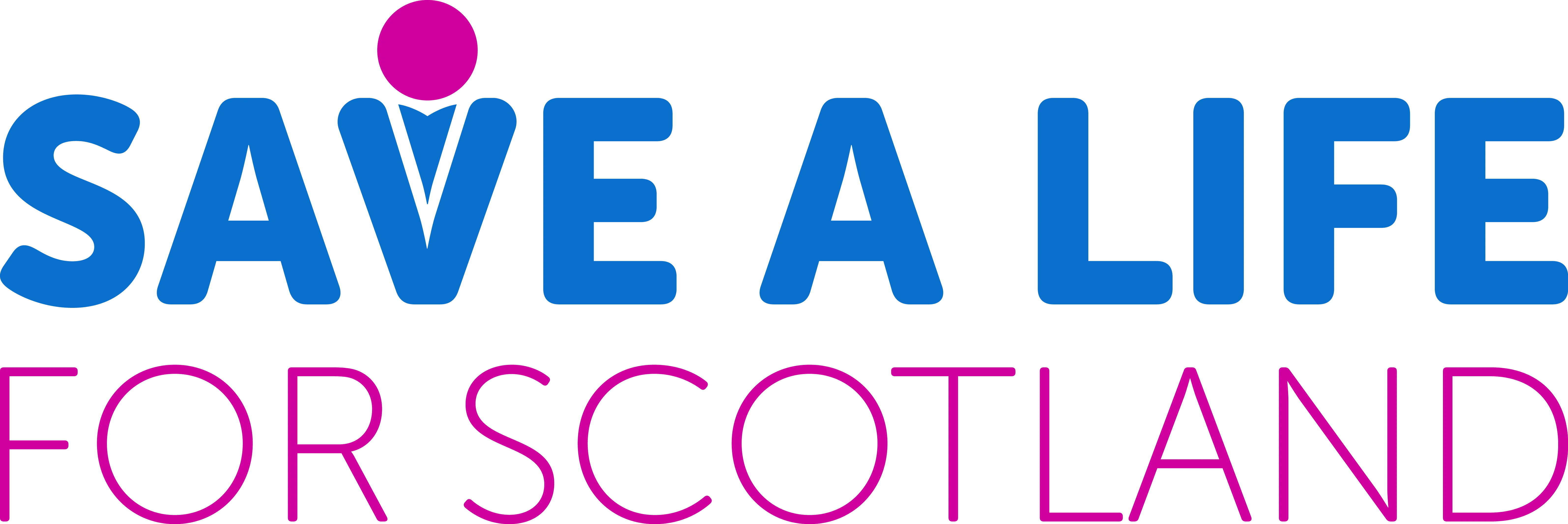Automated External Defibrillators
Automated External Defibrillators (AEDs) are small reliable lifesaving devices that provide an electric shock to the heart. Don't be afraid to use an AED if someone has had a cardiac arrest. You don't have to be a first aider to use one and formal training is not required.
You can't harm someone by using an AED as the machine will only work if it detects an abnormal heart rhythm. You may also hear it being called a 'defib' or a 'Public Access Defibrillator (PAD)'.
Recognising cardiac arrest and immediate actions
If someone has collapsed, is not breathing normally and is unresponsive, they are likely to have suffered cardiac arrest. You should:
- call 999 immediately
- start CPR (cardiopulmonary resuscitation)
- shout for someone to find the nearest AED if possible
Do not stop performing CPR to find a defibrillator if you are alone.
Follow the 'DRSABCD' action plan:
- Danger - check for danger. Ensure the surroundings are safe for you and the patient.
- Response - check the person's responsiveness. Do they respond to your voice? If no, move on to the next stage. If yes, make them comfortable, monitor them and check for injuries.
- Send - call 999 and get help from people around. If alone, leave the phone on speaker.
- Airway - open the person's mouth and check for any foreign material. If none, place on their back, tilt their head and lift chin to keep airway open. If yes, place on their side, allow the block to drain or clear the block with fingers.
- Breathing - check the person is breathing. Look, listen and feel if breathing. If no, place them on their back, start CPR (cardiopulmonary resuscitation). If yes, place them on their side.
- CPR - give the patient 30 chest compressions followed by two breaths. Repeat until help arrives, person breathes or you're physically unable to continue.
- Defibrillator - use a defibrillator if available immediately once CPR is commenced and follow its instructions.
Every minute counts
For every minute that someone in cardiac arrest goes without receiving CPR or a shock from an AED, their chance of survival decreases by 10%. That is why it is so important to act immediately.
Locating AEDs
There are many resources available to find available AEDs across council and public sites:
Permission to host AED on council property
During 2024 to 2025, North Ayrshire Council conducted a comprehensive review of its AED management. This review led to:
- improved policies
- updated guidance
- enhanced staff training
- formalisation of AED checks
Geographical mapping was used to identify areas for improvement, with several AED units moved to external sites. This further increased 24/7 public access and closing previous geographical gaps.
The council has introduced a process and approval form for third party organisations to apply to host AEDs on council property. Applications are assessed based on the ability to fund and maintain the units. It also assesses the potential to improve early access according to geographical mapping.
AED checks and reporting defects
The council are committed to ensuring all AEDs within our establishments are emergency ready. If you become aware of any defects please report this to us by emailing our central support team to prevent downtime and ensure the unit remains operational.
Guidance and training
Voluntary organisations can contact Community Resources for guidance and support in identifying appropriate AED training solutions.
The British Heart Foundation have created a video on how to use an AED and identify sudden cardiac arrest.
Save a Life for Scotland

This is a partnership between emergency services, third sector organisations, Scottish Government and academic researchers. Sign up to GoodSAM and be ready to save a life. When someone has a cardiac arrest, help could be around the corner. With GoodSAM, in Scotland, you could be that help. All you need is to know CPR (cardiopulmonary resuscitation).
Funding for your local community
Find out if your community group is eligible for a free defibrillator funded by the British Heart Foundation:
Apply for funding formSuggestions on where AEDs should be sited can be found on the PADmap website.
 Translate
Translate